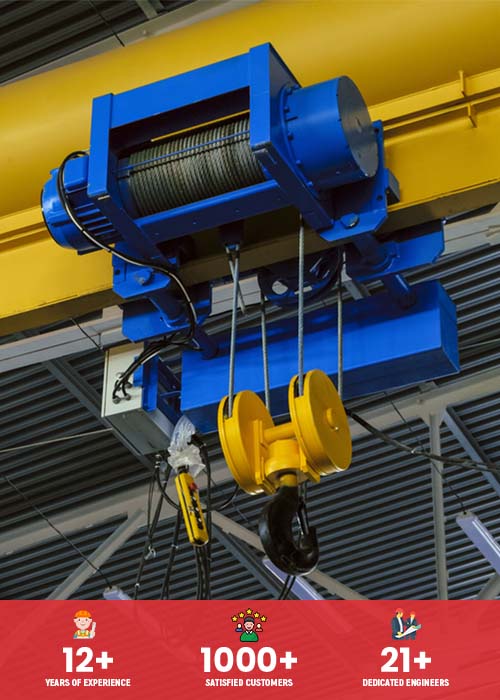Best Practices for Operating Jib Cranes in Indian Industries
For any industry that has to lift and move big objects, like manufacturing, construction, or storage, a jib crane can be a very useful piece of equipment. Nonetheless, as the equipment is meant to lift and move large objects, some precautions must be taken to guarantee that it is used safely to reduce risks to your employees and damage to the equipment. When doing any lifting operation, keep in mind health and safety laws, as well as the recommendations for the safe use of lifting equipment. You can also follow the safety manual given by the jib crane manufacturers in India which has all the safety precautions mentioned
Reason for popularity of Jib cranes
An overhead lifting tool called a jib crane is frequently employed in difficult, repetitive lifting tasks. Your production process can be greatly streamlined by using a jib crane. Their versatility allows them to be used in conjunction with overhead bridge cranes to increase output. The ergonomic design of jib cranes is one of its distinguishing features. Although they have a fairly straightforward construction, their capacities range from 250 pounds to 15 tonnes. As previously indicated, they simultaneously contribute to increased productivity and a decrease in workplace injuries for the same reason.

Best practices to safely operate a Jib crane
- Clear the path of the crane movement
Prior to using the jib crane, make sure the whole path of movement is free of any objects, people, or other anything that could cause damage or injury in the event of an accident. Crane is a huge machinery and the path in which it operates must be cleared in advance.
- Position the arm correctly
Prior to raising the weight, the jib crane arm must be precisely positioned with the hook over the load’s centre of gravity. Make sure the jib crane is only used to lift, move, and set things back down. Never use it to drag items around.
- Lift and put the loads gently
Make sure you handle the cargo carefully when lifting and lowering it to avoid shock loads or the jib arm whipping, which might potentially harm the crane, shorten its lifespan, and even result in an injury.
- Avoid making load swing
Avoid letting the load swing as the crane is rotating it since this could strain the hoist further and endanger the health and safety of anyone working nearby. Incorporate a tagline if required.
- Make sure the operators are trained
Many companies make the serious mistake of not making sure that their employees are trained and aware of the limitations and capabilities of the crane in order to guarantee the equipment is operated safely. A non-trained operator could be extremely dangerous on the floor as he is likely to operate a crane in the most unsafe manner which could even cause fatal accidents.
- Make sure there is no lack of inspection
Another thing that a lot of people forget to do is to maintain and inspect their lifting equipment. Despite the robust design of jib cranes, consumers are sometimes misled into believing that their favourite old and trustworthy lifting equipment will last forever and never break down. It’s true that jib cranes have a long lifespan as long as they receive regular maintenance and inspections.
- General maintenance
To make sure your crane is in a safe operating state, regular checks of wire ropes and load chains are recommended. Contracts for preventative maintenance and routine servicing must be completed with jib crane manufacturers in Ahmedabad that undertake site inspections and testing on any loose lifting equipment.




